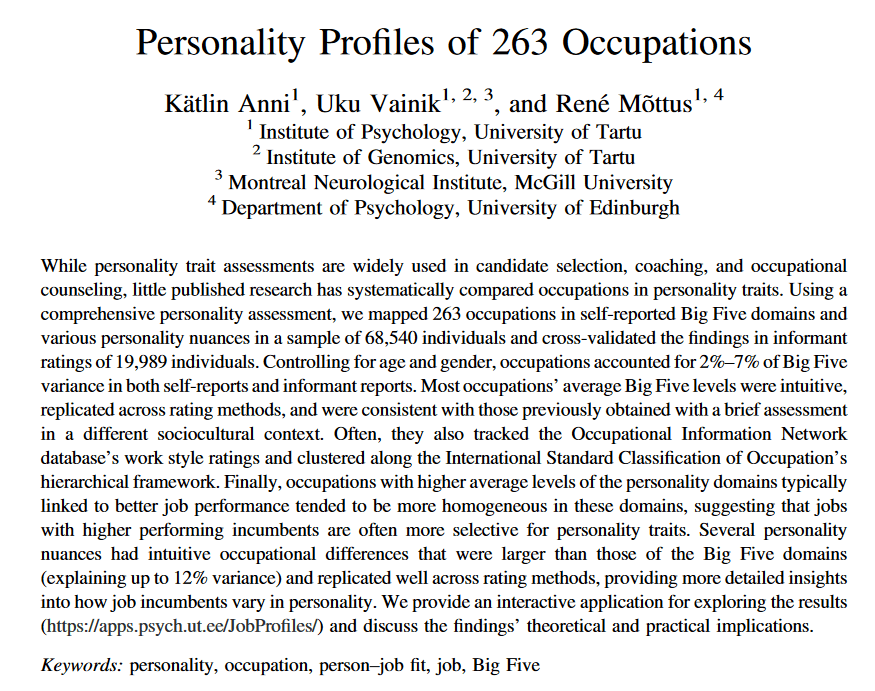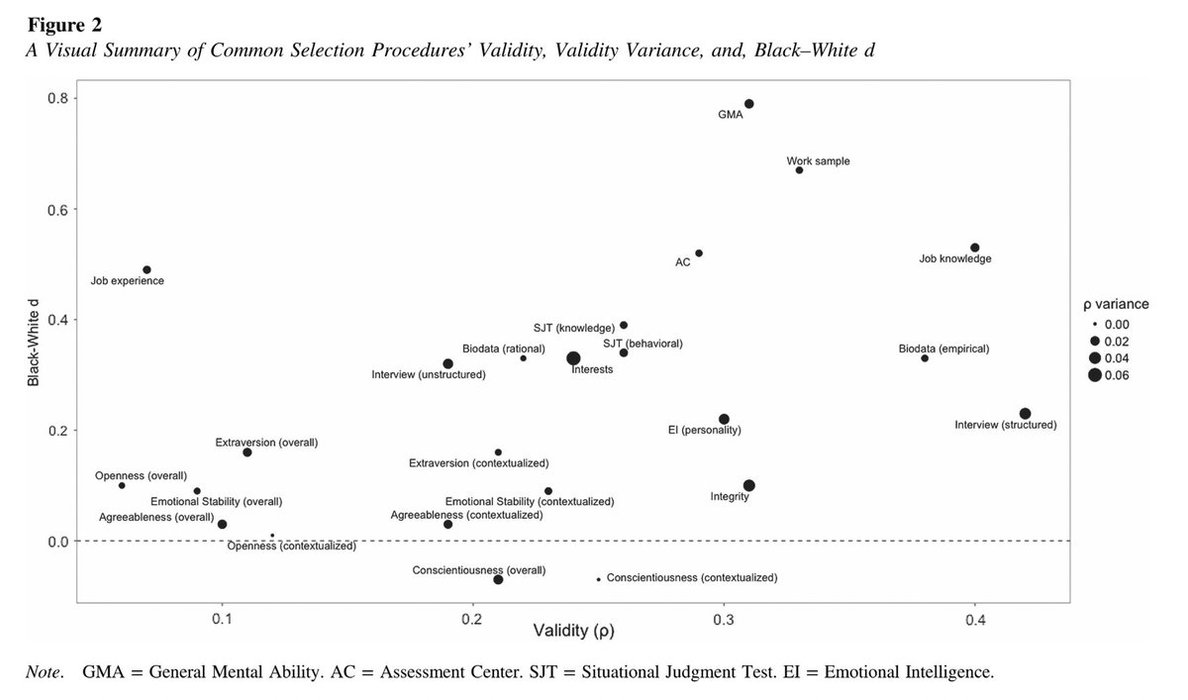Sublime
An inspiration engine for ideas
The most proven scientific analysis of personality traits is known as the “Big Five,” which breaks them down into five spectrums of behavior. Openness to experience: from curious and inventive on one end to cautious and consistent on the other. Conscientiousness: organized and efficient to easygoing and spontaneous. Extroversion: outgoing and
... See moreJames Clear • Atomic Habits: An Easy & Proven Way to Build Good Habits & Break Bad Ones

Intelligence is not only the ability to reason; it is also the ability to find relevant material in memory and to deploy attention when needed.
Daniel Kahneman • Thinking, Fast and Slow
Le schéma de personnalité le plus utile que j’ai trouvé pour m’aider à comprendre ce qui motive les gens est celui décrit par Barondes dans son livre. Il s’appelle « Big Five » ou OCEAN : ouvert d’esprit, consciencieux, extraverti, agréable, névrosé. Les chercheurs qui ont mis ce schéma au point ont choisi des adjectifs qui pourraient être utilisés
... See moreCécile Capilla • La tribu des mentors, quand les plus grands nous inspirent (French Edition)




People who score high in neuroticism have more emotional ups and downs over the course of the day. They can fall into a particular kind of emotional spiral: They are quick to see threats and negative emotions; they interpret ambiguous events more negatively; they are therefore exposed to more negative experiences; this exposure causes them to
... See more